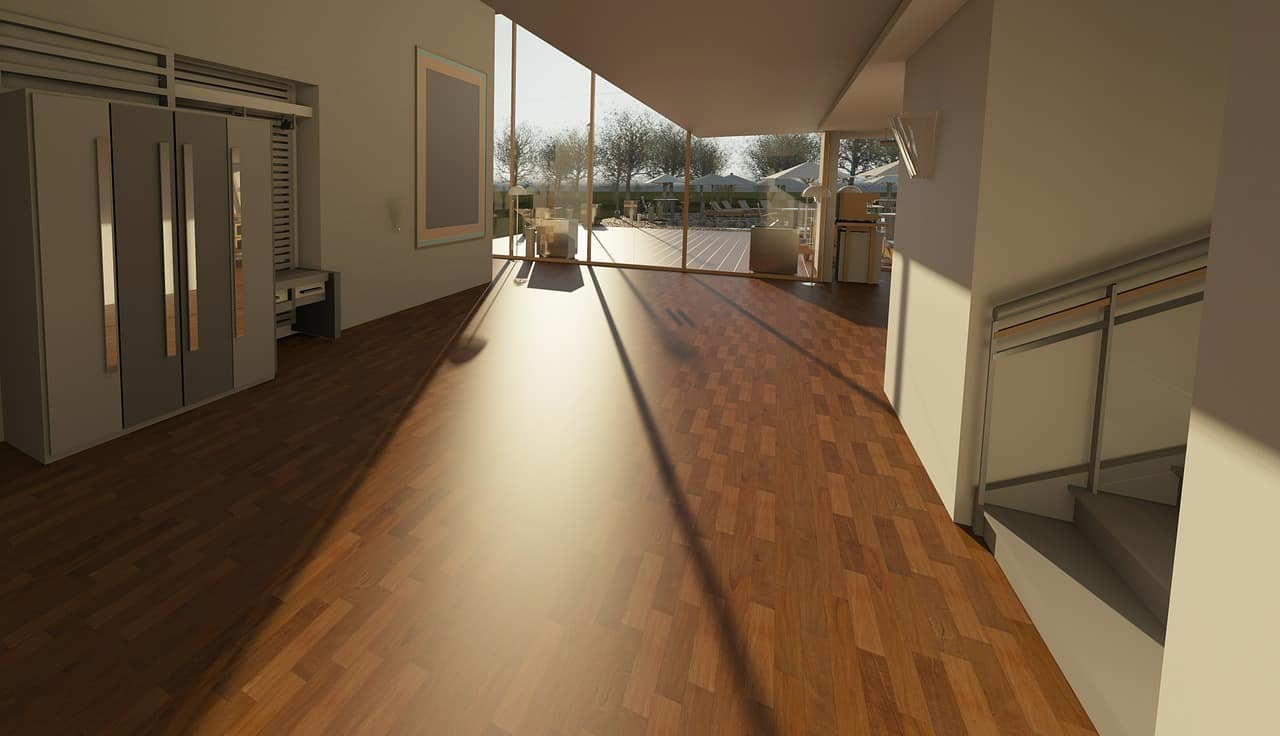Key Takeaways
- Choose the right type of fence post for your needs.
- Use concrete mixes to secure posts effectively.
- Consider post brackets for stability and ease of installation.
- Employ a level and measuring tape for precise alignment.
- Backfill with gravel for drainage and support.
- Use a hammer and rebar for a quick installation method.
- Strengthen posts with diagonal bracing.
- Adjust for frost lines in colder climates.
- DIY post augers can save time and energy.
- Regular maintenance checks will prolong your fence’s life.
Are you tired of your fence sagging like an unfit athlete after a bad weekend? If it feels like it’s more ‘leaning tower of Pisa’ than ‘rock-solid setup,’ then you’ve stumbled into the right article! With some clever hacks for fence posts, you can turn your feeble fence into a fortress that even the best hound can’t breach. Let’s dive into these 10 fence post hacks for a rock-solid setup that’ll have your neighbor scratching their head in admiration.
Yes, we know fencing isn’t exactly the most riveting topic—but let’s not kid ourselves; a sturdy fence does wonders for your home’s curb appeal and privacy. Besides, nothing feels better than that sense of accomplishment when you transform your yard into a thriving ecosystem of beauty. So grab your hammer, find your sense of humor, and let’s get to work!
Strength of Steel: Choose the Right Type of Post
Selecting the right type of fence post is the cornerstone (pun intended) of a solid fence setup. Wood, vinyl, concrete—each material has its pros and cons. According to a recent study from the National Association of Home Builders, untreated wooden posts deteriorate significantly faster than their treated counterparts and require replacement every 5-10 years. In contrast, vinyl and metal posts can last upwards of 30 years under proper conditions.
| Material | Lifespan | Maintenance |
|---|---|---|
| Untreated Wood | 5-10 years | High |
| Treated Wood | 10-20 years | Moderate |
| Vinyl | 25-30 years | Low |
| Metal | 30+ years | Low |
Hacks that Pack a Punch
Now that we know what type of post to use, let’s explore some hacks to make sure your setup withstands even the toughest of elements!
Dig It Deep
Digging a hole for your post is like making a sundae: it must be deep enough to hold everything together without collapsing or looking like a kiddie cone. To get the best results, aim for a hole that is at least one-third the height of the post above ground, usually around 2 to 3 feet deep.
Concrete Your Way to Success
While sippin’ on that strawberry lemonade, don’t forget the concrete! Mixing concrete properly should be your go-to for securing fence posts. Follow the guidelines on the bag to ensure a firm hold, and remember to add water thoughtfully—too much and it’ll be a sloshy regret; too little and it won’t set right!
Use Adjustable Post Brackets
Say goodbye to wobbling posts and hello to adjustable post brackets! These nifty little metal friends will keep your posts perfectly upright while you work. Install them before pouring concrete so you can shimmy and shake for optimal placement—no more spills!
Straight as an Arrow
Nobody wants a crooked fence unless your name is Picasso. Utilizing a level and a measuring tape will save you from the art of unintentional asymmetry. Spend a few extra minutes to ensure everything is just right; your future self will thank you!
Backfill with Gravel
You wouldn’t fill a swimming pool with sand, right? When backfilling your fence post hole, use gravel instead of dirt. This allows for better drainage and keeps water away from the base of the post, making your fence last much longer.
Hammer Time with Rebar
If you need to install a fence post in the ground but want to do it quickly without heavy machinery, try using rebar. Pound that sturdy metal down into the ground where your post stands, and your fence will be taut and true quicker than you can say “Home Improvement 101.”
Stabilize with Diagonal Bracing
For extra strength, add diagonal bracing. This V-shaped wonder locks your posts into position and strengthens them against strong winds. It’s like a hug from your favorite grandma for your fence—who doesn’t want that?
Know Your Frost Lines
If you live in a climate where winter is more of an evil villain than a mere season, be sure you’re aware of the local frost lines. Going down below the frost line will make sure your posts don’t heave up when the ground freezes. This takes a little research, but just think of it as a good plot twist you need to account for!
Create Your Own Post Auger
Fancy a DIY challenge? Building your own post auger could save you hustle and grid for actual installation. They’re surprisingly simple to construct with a few supplies and can cut down your digging time drastically.
Schedule Regular Maintenance
Finally, always check on your fence like a doting parent. Inspect for any loose parts, cracks, or wear and tear every few months. Pay attention to any signs of rot or insect damage. Regular upkeep will extend the life of your fence and keep it looking spiffy for years.
In conclusion, setting up fence posts doesn’t have to be the heavyweight championship of DIY projects. With these 10 hacks, you’re bound to build a setup that not only stands tall but also looks spectacular. Remember, just as you wouldn’t skip leg day, don’t skimp on your fence post preparations. They’re what will keep your fence sturdy and secure, ensuring that your yard becomes a glorious sanctuary instead of a delightful jungle.
By applying these tips, you can imbue your posts with an unprecedented strength that can withstand the shenanigans of wind, critters, and the occasional errant Frisbee from your neighbor’s kid. Your fence will quickly transform from shabby to chic, and you’ll be the proud owner of a fabulous fortress of privacy.
FAQs
| Question | Answer |
|---|---|
| What is the best material for fence posts? | Metal and vinyl are typically best for longevity, while treated wood offers decent strength. |
| How deep should fence posts be installed? | A depth of about 2 to 3 feet is recommended for stability, depending on post height. |
| How often should I check the condition of my fence? | Aim for bi-annual checks, especially after heavy storms, to catch any potential issues early! |
Discover more from Futurist Architecture
Subscribe to get the latest posts sent to your email.



